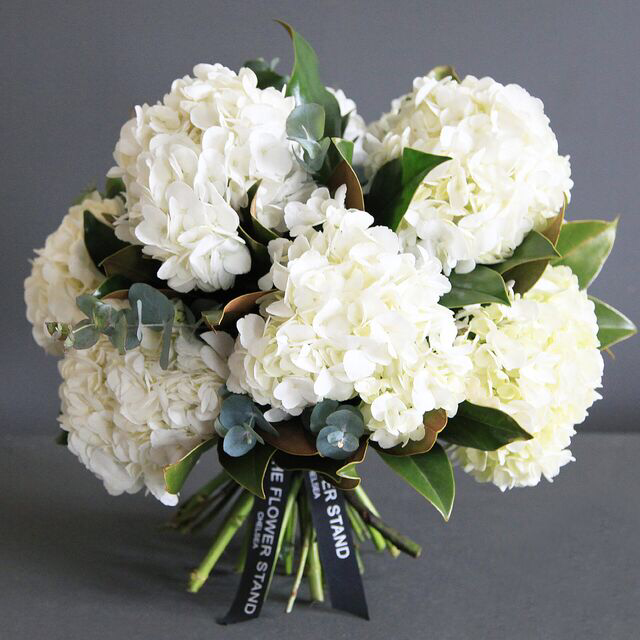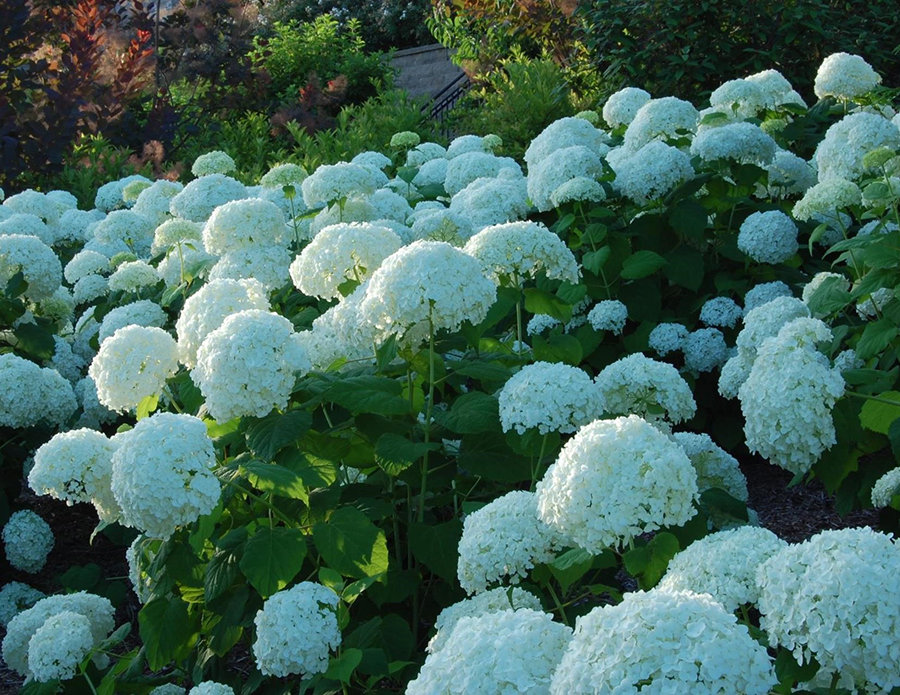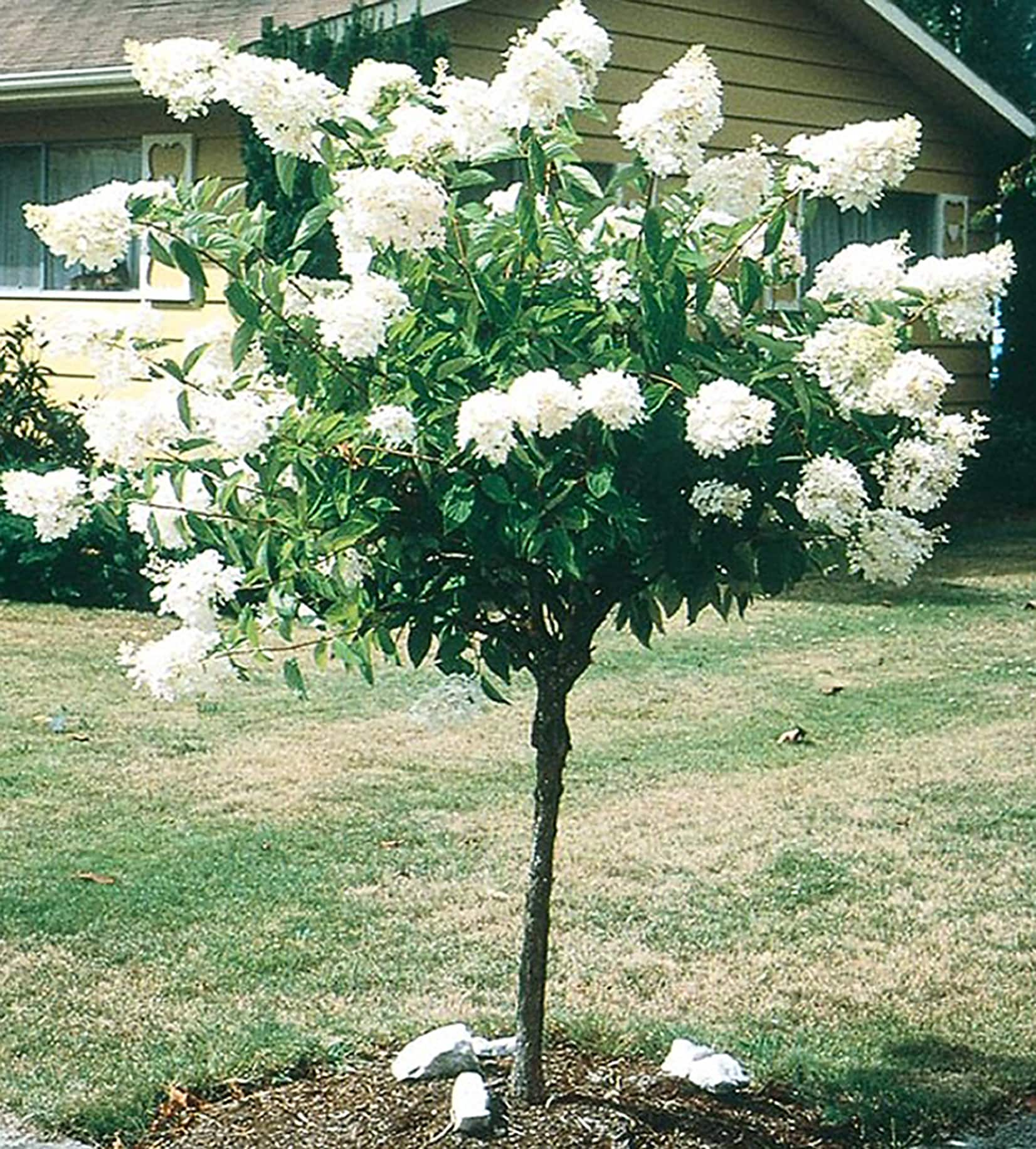White Hydrangea: The Ultimate Guide To Growing And Caring For This Elegant Flower
White Hydrangea: The Ultimate Guide to Growing and Caring for This Elegant Flower
Hydrangeas are some of the most popular flowering shrubs in the world. They are known for their large, showy blooms that can come in a variety of colors, including white. White hydrangeas are particularly elegant and graceful, and they can add a touch of beauty to any garden.
If you are thinking about adding white hydrangeas to your landscape, there are a few things you need to know about how to grow and care for them. In this guide, we will cover everything you need to know, from planting and watering to pruning and fertilizing.
Soil and Sunlight
White hydrangeas prefer well-drained soil that is rich in organic matter. The soil pH should be slightly acidic, between 5.5 and 6.5. If your soil is alkaline, you can add sulfur to acidify it.
White hydrangeas also need partial shade. Too much direct sunlight can scorch their leaves and flowers. The best location is one that receives morning sun and afternoon shade.
Planting
The best time to plant white hydrangeas is in the spring or fall. When planting, dig a hole that is twice as wide and deep as the root ball. Backfill the hole with the same soil that you removed, and water well.
Once the hydrangea is planted, mulch around the base of the plant to help retain moisture and suppress weeds.
Watering
White hydrangeas need regular watering, especially during the first year after planting. Water deeply once a week, or more often if the weather is hot and dry.
Fertilizing
White hydrangeas should be fertilized twice a year, in the spring and fall. Use a balanced fertilizer, such as 10-10-10.
Pruning
White hydrangeas do not need to be pruned heavily. However, you should remove any dead, diseased, or damaged branches in the spring. You can also prune to shape the plant or to control its size.
Overwintering
In most climates, white hydrangeas are hardy to Zone 3 or 4. However, in colder climates, you may need to protect them from the cold by covering them with burlap or other material.
Problems
White hydrangeas are generally resistant to pests and diseases. However, they can be susceptible to leaf spot and powdery mildew. If you see any signs of pests or diseases, treat them immediately with an appropriate fungicide or pesticide.
Enjoying Your White Hydrangeas
With proper care, white hydrangeas will reward you with beautiful blooms for many years to come. They are a versatile plant that can be used in a variety of ways in the landscape. You can plant them as a standalone specimen, in a hedgerow, or in a mixed border. They are also beautiful when cut and used in bouquets.
So if you are looking for a graceful and elegant addition to your garden, white hydrangeas are a great choice. With a little care, they will provide you with years of enjoyment.
White hydrangeas are a beautiful and elegant flower that can add a touch of grace to any garden. They are native to Asia and the Americas, and were first cultivated in Japan. White hydrangeas symbolize purity, innocence, and new beginnings. They are also said to bring good luck and prosperity.
If you are interested in learning more about white hydrangeas, I recommend visiting the website . This website has a wealth of information on white hydrangeas, including their history, care, and cultivation. You can also find beautiful photos of white hydrangeas in bloom.
FAQ of white hydrangea
- What is the most common white hydrangea?
The most common white hydrangea is Annabelle. It is a large, deciduous shrub that can grow up to 6 feet tall and wide. Annabelle hydrangeas bloom in late spring and early summer, and their flowers are large, round, and white. They are relatively easy to care for and can tolerate a variety of soil conditions.
- What are the best conditions for growing white hydrangeas?
White hydrangeas prefer full sun to partial shade. They need well-drained soil that is rich in organic matter. White hydrangeas are relatively drought tolerant, but they will benefit from regular watering, especially during hot, dry weather.
- How do I care for white hydrangeas?
White hydrangeas are relatively easy to care for. They need to be watered regularly, especially during hot, dry weather. They should also be fertilized in the spring and fall. White hydrangeas can be pruned in the spring to remove dead or damaged branches.
- Why are my white hydrangeas turning pink?
The color of white hydrangea flowers is affected by the acidity of the soil. In acidic soil, hydrangea flowers will be blue or purple. In alkaline soil, hydrangea flowers will be pink or red. You can change the color of your hydrangea flowers by adjusting the acidity of the soil.
- What are some pests and diseases that can affect white hydrangeas?
White hydrangeas are susceptible to a few pests and diseases, including:
- Aphids: Aphids are small, soft-bodied insects that can suck the sap from hydrangea leaves. They can cause leaves to wilt and turn yellow.
- Hydrangea leaf spot: This fungal disease can cause leaves to develop brown spots.
- Hydrangea wilt: This fungal disease can cause leaves to wilt and fall off.
If you notice any pests or diseases on your white hydrangeas, you should treat them immediately. You can use insecticidal soap or neem oil to treat aphids. You can treat hydrangea leaf spot with a fungicide. You can treat hydrangea wilt with a fungicide or by removing and destroying infected plants.
Image of white hydrangea
- A large white hydrangea bush in full bloom. The flowers are clustered together in large, round heads. The petals are a pure white color and they shimmer in the sunlight.

- A bouquet of white hydrangeas. The flowers are arranged in a vase and they fill the space with their beauty. The petals are a soft white color and they have a delicate texture.

- A close-up of a white hydrangea flower. The petals are a creamy white color and they are covered in tiny droplets of water. The center of the flower is a cone-shaped cluster of stamens.
- A white hydrangea growing in a garden. The plant is surrounded by other flowers and plants. The hydrangea is in full bloom and its flowers are a beautiful white color.

- A white hydrangea tree. The tree is covered in white flowers. The flowers are clustered together in large, round heads. The tree is a beautiful sight to behold.

Post a Comment for "White Hydrangea: The Ultimate Guide To Growing And Caring For This Elegant Flower"